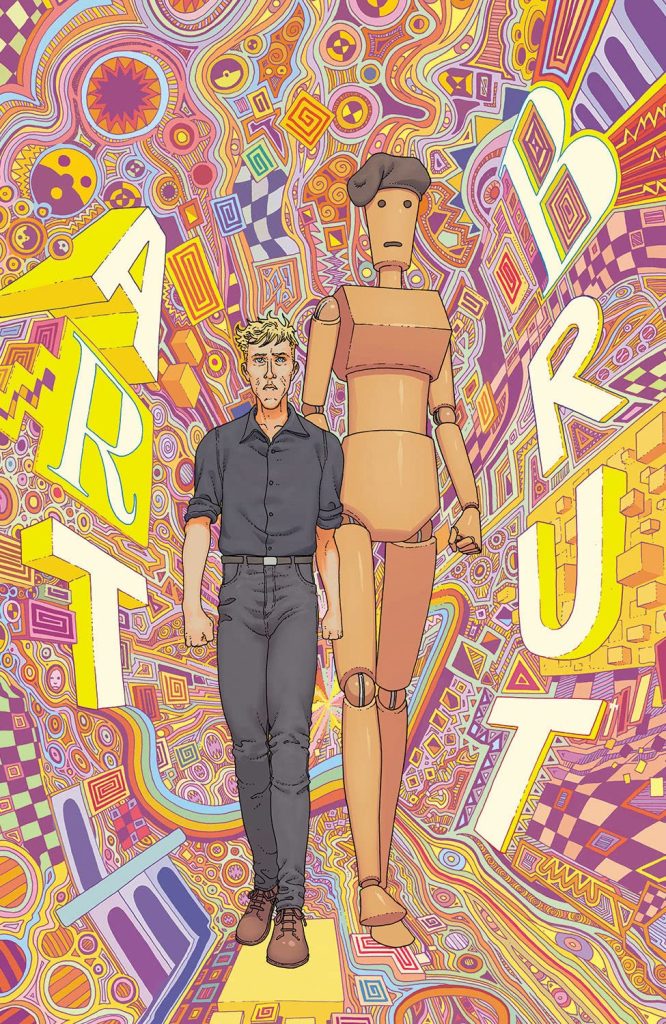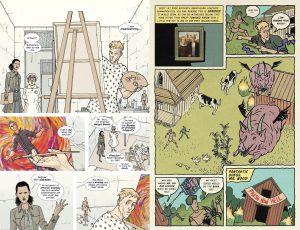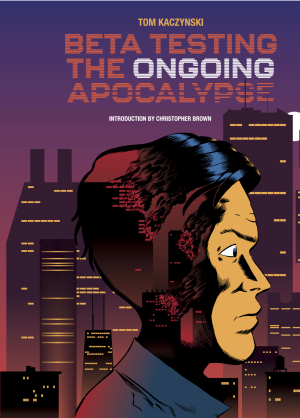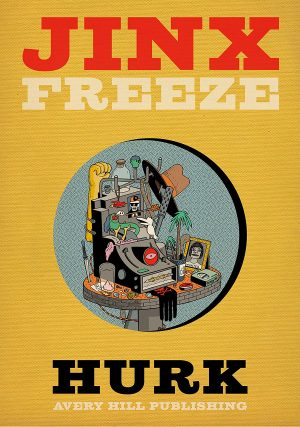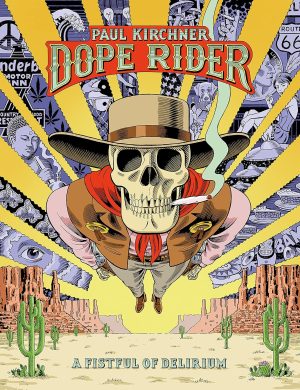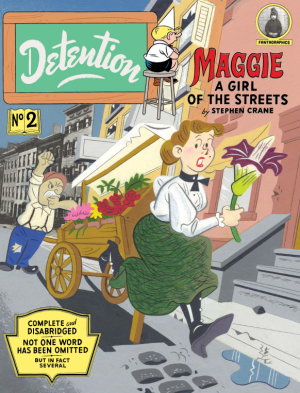Review by Frank Plowright
Art Brut is one of those terribly clever graphic novels where readers may fear they’re not quite picking up on the entire subtext. Let us deconstruct.
W. Maxwell Prince and Martín Morazzo have taken their title from a term applied to naive art produced by creators outwith the formal art structures. They apply it to a form of paranormal investigator able to enter paintings and rummage around in the workings beneath, and also to use them as means of transportation elsewhere through back doors. In these worlds Arthur Brut is accompanied by his wooden figurative mannequin come to life in a sturdy giant form. Within those worlds lurks a malevolent presence wanting to bring about the destruction of figurative masterpieces via perverting the abilities of a mutant child who murders what he draws.
Alternatively, forget the possible symbolism and luxuriate in a madcap absurdist action thriller, inventively told, superlatively drawn and offering an original vision.
Morazzo’s really had to put in the overtime, creating not only his own distinctive elegance, but faux 1940s superhero strips. As if that wasn’t enough, some scenes occur in the paintings themselves, so we have Morazzo’s tinkering with Picasso’s Guernica. If the paintings chosen for exposure here are perhaps the most obvious for maximum impact, using the Mona Lisa for instance, enables Morazzo’s line perfect reproduction of the Louvre.
Readers with longer memories might recall two things. The first is that Grant Morrison had the Doom Patrol mess about in the worlds of painting in one of their more surreal outings. He did, and no doubt someone had the idea before him. Prince uses the idea again and comes up with a different take.
The second act of memory requires the recollection that Art Brut has seen publication before, but as The Electric Sublime, a brash nonsensical title. This is an improved version, not just for the oversized hardcover format but for the addition of the superhero strips. Deliberately primitive, they’re actually layered, over four instalments presenting Arthur’s backstory and bringing him to the place he’s in when Art Brut opens. Very clever.
As before, the action scenes transmit as compromised to pander to commercial expectation, but they’re wacky and inventive. Most importantly, however smart, fun is the priority.
